Home>Dining>Tableware>Guidelines For Washing Tableware In A Three-Compartment Sink
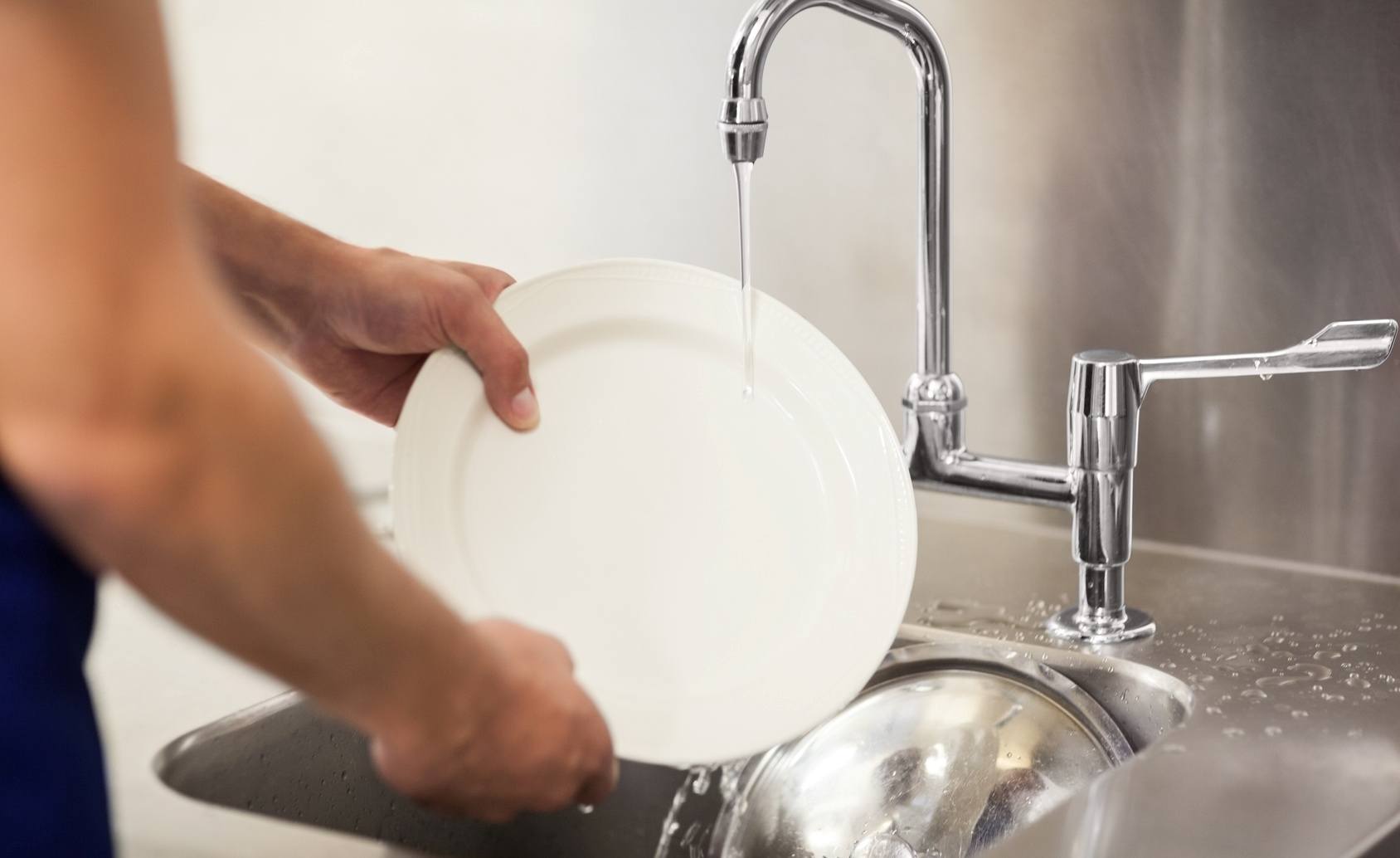

Tableware
Guidelines For Washing Tableware In A Three-Compartment Sink
Modified: January 9, 2024
Learn how to properly wash tableware in a three-compartment sink with our helpful guidelines. Keep your dishes clean and hygienic with these expert tips.
(Many of the links in this article redirect to a specific reviewed product. Your purchase of these products through affiliate links helps to generate commission for Storables.com, at no extra cost. Learn more)
Introduction
Welcome to our comprehensive guide on washing tableware in a three-compartment sink! Properly cleaning and sanitizing tableware is crucial to maintaining cleanliness and ensuring the health and safety of customers. Whether you’re a restaurant owner, a foodservice professional, or someone who loves hosting dinner parties, understanding the proper techniques for washing tableware is essential.
In this article, we will walk you through the step-by-step process of washing tableware in a three-compartment sink. From setting up the sink to effectively cleaning, sanitizing, and drying the tableware, we’ve got you covered. So let’s dive in!
Note that using a three-compartment sink is a recommended method for washing tableware in commercial settings. It allows for efficient cleaning by separating the different stages of the process—washing, rinsing, and sanitizing—in dedicated compartments. These sinks are also commonly used in homes for a thorough tableware cleaning process.
Before we start, it’s important to emphasize the significance of following safety precautions during the entire process. This includes wearing protective gloves, using a mild detergent, and ensuring the sink and equipment are clean and sanitized before starting. Remember, hygiene and safety should always be a top priority when handling tableware.
Now that we have an overview, let’s move on to the first step: setting up the three-compartment sink.
Key Takeaways:
- Properly washing tableware in a three-compartment sink involves crucial safety precautions, efficient setup, thorough preparation, effective washing, and meticulous rinsing, sanitizing, drying, and storage processes.
- Regular cleaning and maintenance of the three-compartment sink are essential for ensuring a hygienic and efficient washing process, contributing to the overall cleanliness, safety, and quality of the tableware.
Safety Precautions
When it comes to handling tableware and working with cleaning agents, safety should always be the foremost concern. Here are some important safety precautions to keep in mind as you begin the process of washing tableware in a three-compartment sink:
- Wear protective gloves: Before starting the washing process, make sure to wear gloves to protect your hands from any potential cuts, heat, or exposure to cleaning agents. Nitrile or latex gloves are ideal for this purpose.
- Use a mild detergent: Choose a mild, non-abrasive detergent specifically formulated for tableware. Avoid using harsh chemicals or abrasive cleaners as they can damage the surface of the tableware.
- Ensure proper ventilation: If you are working in an enclosed area, ensure adequate ventilation to prevent the build-up of fumes from the cleaning agents. Opening windows or using a ventilation system can help maintain a safe environment.
- Handle broken glassware with care: If any glassware is broken during the washing process, handle it with caution. Wear gloves and use a broom and dustpan to clean up the broken pieces. Dispose of them safely by placing them in a puncture-resistant container.
- Keep the work area clean: Before starting the process, clean and sanitize the sink and surrounding work area. This helps prevent cross-contamination and maintains a hygienic environment for the washing process.
- Use hot water: The water used for washing and rinsing should be hot, ideally around 110°F (43°C). Hot water helps in breaking down grease, oils, and food residues more effectively.
- Follow manufacturer instructions: If you are using specific cleaning products, make sure to read and follow the instructions provided by the manufacturer. This ensures that you are using the product correctly and maximizes its effectiveness.
- Keep children and pets away: During the tableware washing process, it’s important to keep children and pets away from the sink area to prevent accidents or ingestion of cleaning agents.
Remember, these safety precautions are crucial to protect yourself, your team, and the integrity of the tableware. By following these guidelines, you can ensure a safe and efficient washing process in your three-compartment sink.
Setting up the Three-Compartment Sink
Properly setting up your three-compartment sink is essential for an efficient and effective tableware washing process. Let’s walk through the steps to ensure you have everything in place:
- Clean the sink and surrounding area: Start by thoroughly cleaning and sanitizing the sink and the surrounding countertops. Remove any leftover food particles, debris, or stains to create a clean and hygienic workspace.
- Check the sink compartments: Ensure that each compartment of the sink is clean and free from any obstructions. Use a scrub brush or sponge to remove any residue or buildup from the sink walls and bottoms.
- Fill the sink compartments: Fill the first compartment with hot water and add a mild detergent according to the manufacturer’s instructions. The second compartment should be filled with clean, hot water for rinsing, and the third compartment should be filled with a sanitizing solution as per the recommended concentration.
- Label the sink compartments: Label each sink compartment to avoid confusion during the washing process. Use waterproof labels or color-coded signs to indicate which compartment is for washing, rinsing, and sanitizing.
- Place appropriate cleaning tools and accessories: Position a rack or wire basket next to the sink to hold the tableware during the washing process. This allows for easy draining and prevents excessive water buildup. Keep scrub brushes, sponges, and other cleaning tools nearby for easy access.
- Set up a drying area: Allocate a designated area for drying the washed tableware. It can be a clean countertop or a separate drying rack. Ensure that the drying area is sanitized and free from any contaminants.
- Provide clean towels or dish racks: Have clean towels or dish racks ready for drying the washed tableware. Make sure these items are free from dirt and bacteria, and replace them regularly to maintain a hygienic workspace.
Once you have set up your three-compartment sink, you’re ready to start washing your tableware. The next section will guide you through the steps of preparing the tableware for washing.
Preparing the Tableware for Washing
Before you begin washing your tableware in the three-compartment sink, it’s important to properly prepare the items. Here’s how:
- Remove any food debris: Scrape off any leftover food particles from plates, bowls, and utensils using a rubber spatula or a designated food scraper. This helps prevent clogging the sink and ensures a cleaner washing process.
- Separate items by material type: Sort your tableware into separate stacks based on the material they’re made of. This separation is particularly important when handling delicate items such as glass or china, as it prevents scratching or breakage during the washing process.
- Soak heavily soiled items: If any tableware is heavily soiled or has stubborn residue, consider soaking them in warm water with a gentle detergent for a few minutes. This pre-soaking helps loosen the food particles and makes them easier to remove during the washing process.
- Handle sharp or delicate items with care: Be cautious when dealing with sharp knives or fragile glassware. Place knives in a separate container to avoid accidental cuts, and handle delicate items gently to minimize the risk of breakage.
- Remove any non-removable labels or stickers: Inspect your tableware for any non-removable labels or stickers. Peel them off or use a mild adhesive remover to ensure a completely clean and presentable appearance.
- Stack similar items together: Group similar items, such as plates and bowls, together for easy handling during the washing process. This simplifies the workflow and ensures a more efficient washing experience.
By taking these preparatory steps, you’ll streamline the washing process and ensure that your tableware is ready for thorough cleaning in the three-compartment sink. Now that the tableware is prepared, let’s move on to the next step: washing the tableware.
Washing the Tableware
Now that you have properly prepared the tableware, it’s time to begin the washing process. Follow these steps to effectively clean your tableware in the three-compartment sink:
- Start with the first compartment (washing): Place the prepared tableware in the first compartment of the sink, which contains hot water and a mild detergent. Scrub each item with a scrub brush or sponge, paying attention to all surfaces, including the rims, handles, and bottoms. Remove any stubborn stains or food residues.
- Pay attention to heavily soiled items: If any tableware requires extra attention due to heavy soiling or hard-to-remove stains, set them aside and give them extra scrubbing, if necessary. Keep in mind that allowing heavily soiled items to soak in warm water with detergent can help ease the process.
- Rinse the tableware: After scrubbing each item in the first compartment, transfer them to the second compartment of the sink, which has clean, hot water for rinsing. Rinse off all the detergent residue from the tableware, ensuring that no soap or suds remain.
- Inspect for any missed spots or residues: As you rinse each piece, take a moment to inspect them for any missed spots or residue. If you notice any, return the piece to the first compartment and give it an additional scrubbing to ensure thorough cleaning.
- Set aside cleaned tableware: Once the tableware has been rinsed, place it on a rack or in a designated area for draining excess water. This avoids cross-contamination and allows the tableware to dry properly.
- Continue the process: Repeat the washing and rinsing process until all the tableware has been cleaned. Remember to refresh the water in the first and second compartments as needed to maintain cleanliness throughout the process.
By following these steps, you’ll ensure that your tableware is properly washed, removing any food residues, bacteria, and stains. Now that the tableware is clean, let’s move on to the next crucial step: rinsing the tableware.
Change the water in the sink regularly to ensure effective cleaning and prevent cross-contamination.
Read more: How To Use A Three Compartment Sink
Rinsing the Tableware
After washing the tableware in the first compartment of the three-compartment sink, it’s essential to thoroughly rinse off any remaining soap or detergent residue. Follow these steps to ensure your tableware is properly rinsed:
- Transfer the tableware to the second compartment: Move the washed tableware from the first compartment to the second compartment of the sink. This compartment should contain clean, hot water for rinsing purposes.
- Immerse each item in the clean water: Dip each piece of tableware into the hot water, ensuring that all surfaces come into contact with the water. Swirl the items gently to dislodge any remaining soap or detergent residue.
- Use a designated rinse rack, if available: If you have a separate rack designed specifically for rinsing, place the tableware on it after they have been immersed in the rinse water. This allows excess water to drain off more easily.
- Inspect for any lingering residue: As you rinse each piece, carefully check for any lingering soap or detergent residue. If you spot any, return the item to the first compartment for another round of washing and scrubbing.
- Replace rinse water as needed: Continuously monitor the cleanliness of the rinse water. If it becomes visibly soiled or contains excessive residue, replace it with fresh, clean water to maintain the effectiveness of the rinsing process.
Remember, thorough rinsing is crucial to remove any remaining detergent and ensure that your tableware is completely clean. Now that the rinsing process is complete, let’s move on to the next important step: sanitizing the tableware.
Sanitizing the Tableware
Sanitizing the tableware is a crucial step in the three-compartment sink washing process. It helps eliminate harmful bacteria and ensures the tableware is safe for use. Follow these steps to properly sanitize your tableware:
- Transfer the tableware to the third compartment: Move the rinsed tableware from the second compartment to the third compartment of the sink. This compartment should contain a sanitizing solution according to the recommended concentration.
- Immerse each item in the sanitizing solution: Submerge each piece of tableware fully into the sanitizing solution, ensuring that all surfaces come into contact with the solution. Allow them to soak for the recommended time, usually around 1-2 minutes. This time can vary, so refer to the manufacturer’s instructions or local health regulations.
- Use appropriate sanitizer: Utilize a sanitizer that is approved for use on tableware and follow the recommended dilution ratio. Common sanitizers include chlorine-based or quaternary ammonium compounds (quats). Ensure that you are using a sanitizer that is safe for the materials of your tableware.
- Remove excess sanitizer: Once the tableware has soaked for the appropriate time, remove them from the sanitizing solution. Allow any excess sanitizer to drain off or gently shake off the excess solution back into the sink.
- Air dry the sanitized tableware: After draining off excess sanitizer, place the sanitized tableware on a clean drying rack or a designated area for air drying. Avoid using towels to dry the tableware as they may introduce bacteria or lint.
Remember, sanitizing is a critical step in the process to ensure that your tableware is free from harmful bacteria. By adhering to proper sanitizing protocols, you’re contributing to the overall health and safety of your customers. Now that the tableware has been sanitized, let’s move on to the final steps: drying and storing the tableware.
Drying and Storing the Tableware
After the tableware has been sanitized, it’s important to properly dry and store them to maintain cleanliness and prevent the growth of bacteria. Follow these steps to ensure your tableware is dried and stored correctly:
- Allow tableware to air dry: After removing the tableware from the sanitizing solution, place them on a clean drying rack or a designated area to air dry. Avoid drying them with towels or cloths, as they may introduce lint or bacteria.
- Ensure proper airflow: Arrange the tableware in a way that allows for adequate airflow between each item. This helps promote faster and more thorough drying.
- Inspect for any remaining moisture: After the tableware has air dried, carefully inspect each piece for any remaining moisture. Check crevices, handles, and the undersides of plates and bowls. Ensure that all the tableware is completely dry before proceeding to the next step.
- Store in a clean and protected area: Once the tableware is thoroughly dry, store them in a clean and protected area. Use cabinets, shelves, or storage racks that are clean and free from dust, dirt, and other contaminants. Avoid storing them in close proximity to cleaning chemicals or other sources of potential contamination.
- Stack and group similar items together: Stack plates, bowls, and other similar items together to save space and maintain organization. Use separators or padded dividers to prevent contact between the tableware, minimizing the risk of scratches or damage.
- Monitor and maintain cleanliness: Regularly inspect the storage area to ensure cleanliness and hygiene. Clean and sanitize the storage area periodically to prevent the buildup of dust, dirt, or any other potential contaminants.
By following these steps, you’ll ensure that your tableware is properly dried and stored, maintaining its cleanliness and readiness for use. Now that you know how to dry and store the tableware, let’s move on to the final section: cleaning and maintaining the three-compartment sink.
Cleaning and Maintaining the Three-Compartment Sink
Proper cleaning and maintenance of the three-compartment sink are crucial to ensuring a hygienic and efficient washing process. Follow these steps to keep your sink clean and in good working condition:
- Clean the sink after each use: After finishing the tableware washing process, thoroughly clean the sink and all compartments. Remove any leftover food particles, debris, or residue using a scrub brush or sponge.
- Sanitize the sink: Once the sink is clean, sanitize it to eliminate any remaining bacteria or contaminants. Use a sanitizer approved for sink sanitation and follow the recommended dilution ratio.
- Regularly inspect for cracks or damage: Periodically inspect the sink for any cracks, leaks, or other damages. If any issues are detected, promptly address them to ensure the sink remains in good working condition.
- Check the sink accessories: Inspect the sink accessories such as drain stoppers, faucets, and sprayers. Clean or replace them as needed to maintain proper functionality.
- Keep the sink area clean: Regularly clean and sanitize the surrounding area of the sink, including countertops, shelves, and storage racks. This helps prevent cross-contamination and maintains a clean work environment.
- Monitor and maintain water temperature: Maintain the correct water temperature throughout the washing process. Check the water heater regularly to ensure it is functioning properly.
- Regularly change the wash, rinse, and sanitizing water: To maintain cleanliness, regularly change the water in each compartment of the sink. This prevents the buildup of debris and ensures effective washing and sanitizing.
- Train employees on proper usage: If you have a team working with the three-compartment sink, provide proper training on how to use it correctly. Ensure that employees follow the recommended procedures and adhere to hygiene standards.
- Document cleaning and maintenance: Keep records of regular cleaning and maintenance activities, including sanitizing schedules, sink inspections, and any repairs or replacements. This documentation helps ensure accountability and assists in tracking the sink’s condition over time.
By implementing these cleaning and maintenance practices, you’ll ensure that your three-compartment sink remains in optimal condition, providing a clean and efficient space for washing tableware. With a well-maintained sink, you can consistently deliver hygienic tableware to your customers. Now, let’s wrap up this comprehensive guide.
Conclusion
Congratulations! You have now learned the step-by-step process of washing tableware in a three-compartment sink. By following these guidelines, you can ensure that your tableware is thoroughly cleaned, sanitized, and ready for use. Let’s recap what we covered in this comprehensive guide:
We started with the importance of safety precautions, emphasizing the use of protective gloves, mild detergents, proper ventilation, and careful handling of broken or delicate items. Safety should always be a top priority during the tableware washing process.
Next, we discussed the setup of the three-compartment sink, including cleaning the sink and compartments, labeling the compartments, and providing the necessary cleaning tools and accessories. A well-organized and properly set up sink enhances the efficiency of the washing process.
We then moved on to preparing the tableware, where we highlighted the importance of removing food debris, separating items by material type, and soaking heavily soiled items. A thorough preparation ensures a more effective cleaning and sanitizing process.
Washing the tableware involved scrubbing each item in the first compartment, rinsing off the detergent residue in the second compartment, and inspecting for any missed spots or residues. An effective washing process removes stains and food residues, leaving your tableware clean and ready for use.
In the rinsing step, we emphasized the importance of immersing the tableware in clean water to remove any remaining soap or detergent residue. Proper rinsing ensures that your tableware is free from any unwanted residues.
The sanitizing process plays a critical role in eliminating harmful bacteria. We discussed immersing the tableware in a sanitizing solution, using an appropriate sanitizer, and allowing the excess sanitizing solution to drain off before air drying the tableware.
Properly drying and storing the tableware helps maintain cleanliness and prevent the growth of bacteria. We covered allowing the tableware to air dry, inspecting for any remaining moisture, and storing them in a clean and protected area.
Lastly, we focused on the importance of cleaning and maintaining the three-compartment sink. Regular cleaning, sanitizing, and inspection ensure a hygienic working environment and efficient washing process for your tableware.
By following these guidelines and incorporating them into your tableware washing routine, you can maintain the cleanliness, safety, and quality of your tableware. Remember, a clean and properly washed tableware not only enhances the dining experience but also helps ensure the overall health and satisfaction of your customers.
Thank you for reading our comprehensive guide on washing tableware in a three-compartment sink. We hope you found it informative and helpful. Happy washing!
Frequently Asked Questions about Guidelines For Washing Tableware In A Three-Compartment Sink
Was this page helpful?
At Storables.com, we guarantee accurate and reliable information. Our content, validated by Expert Board Contributors, is crafted following stringent Editorial Policies. We're committed to providing you with well-researched, expert-backed insights for all your informational needs.
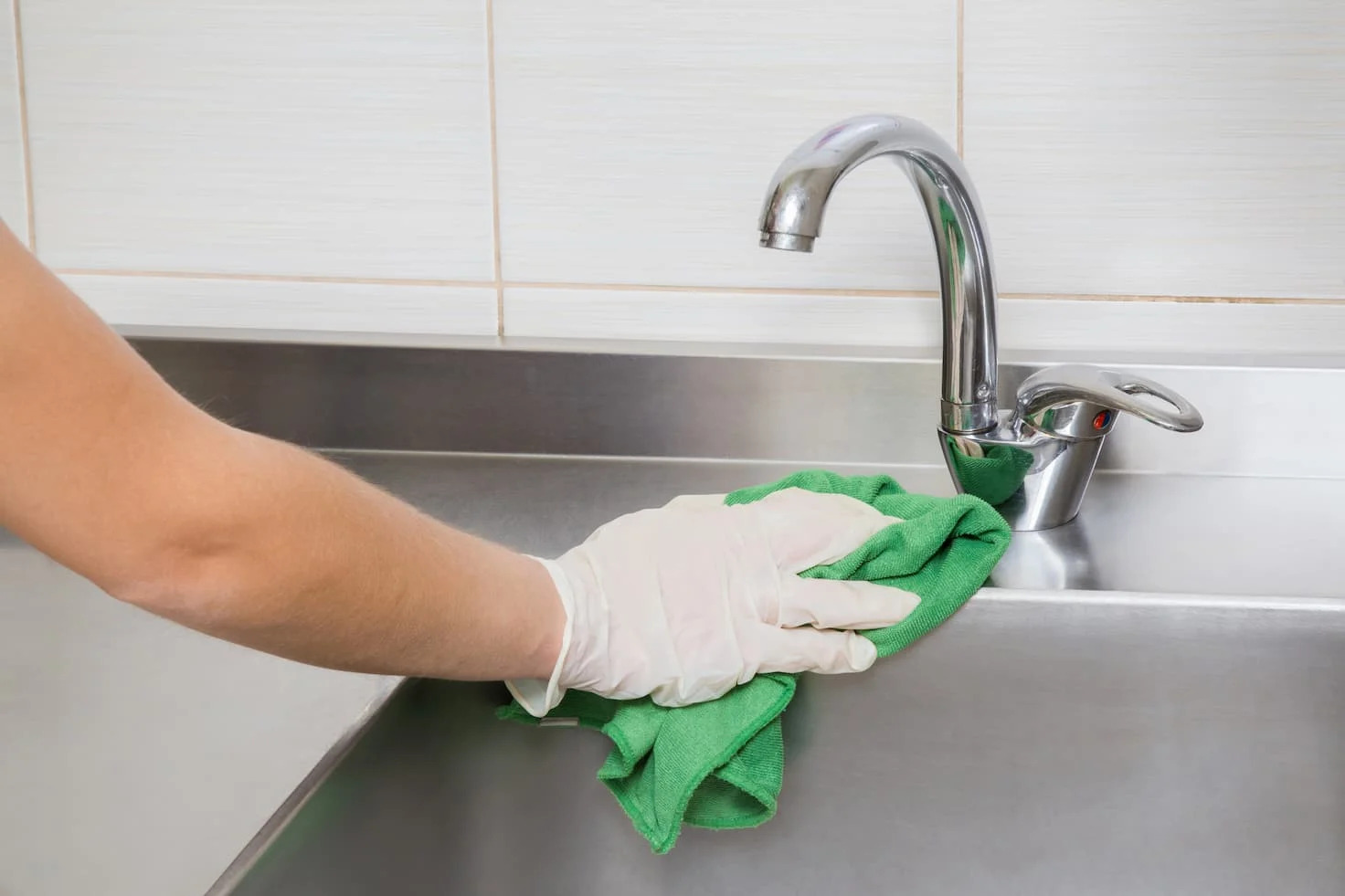
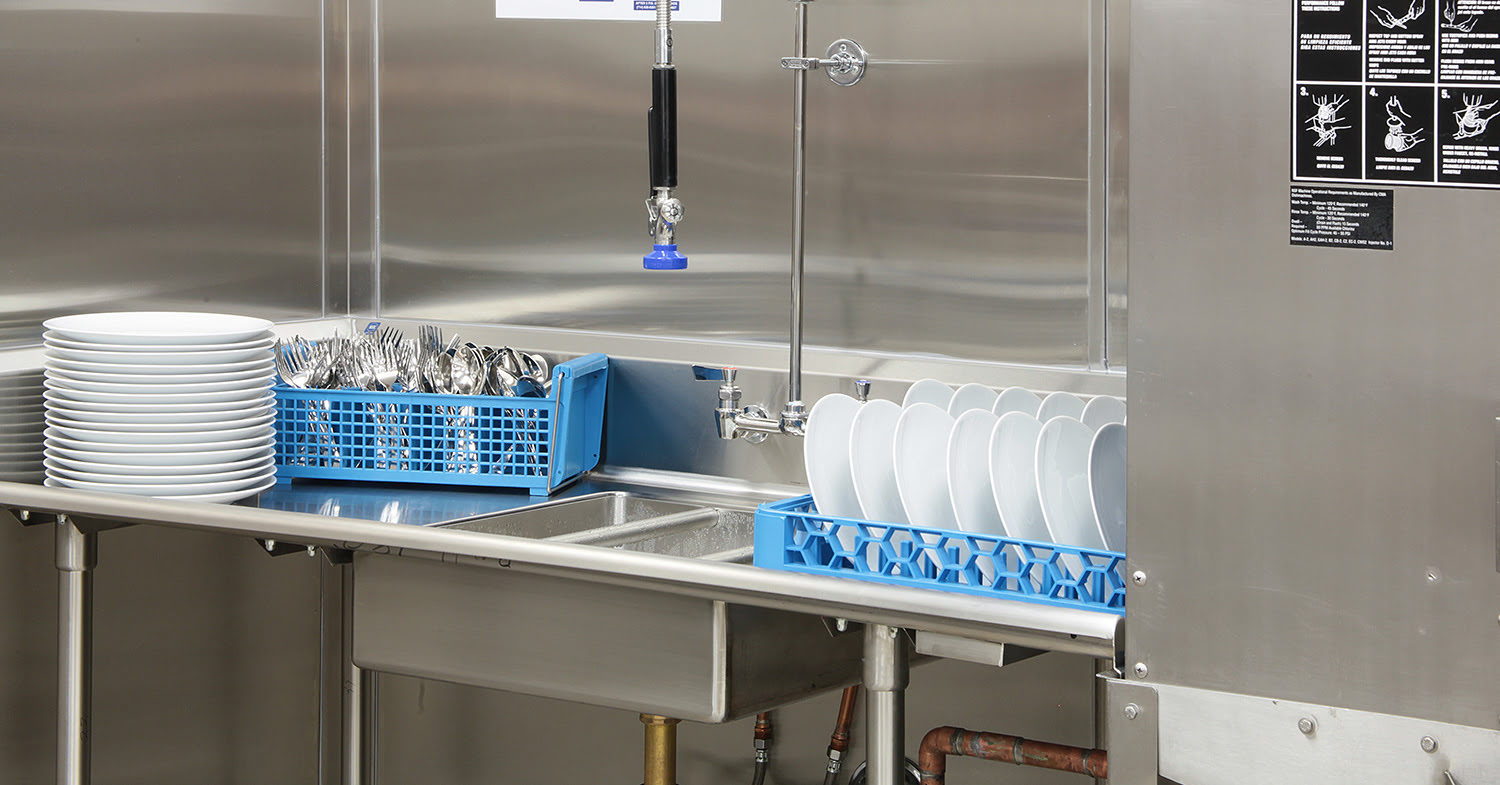
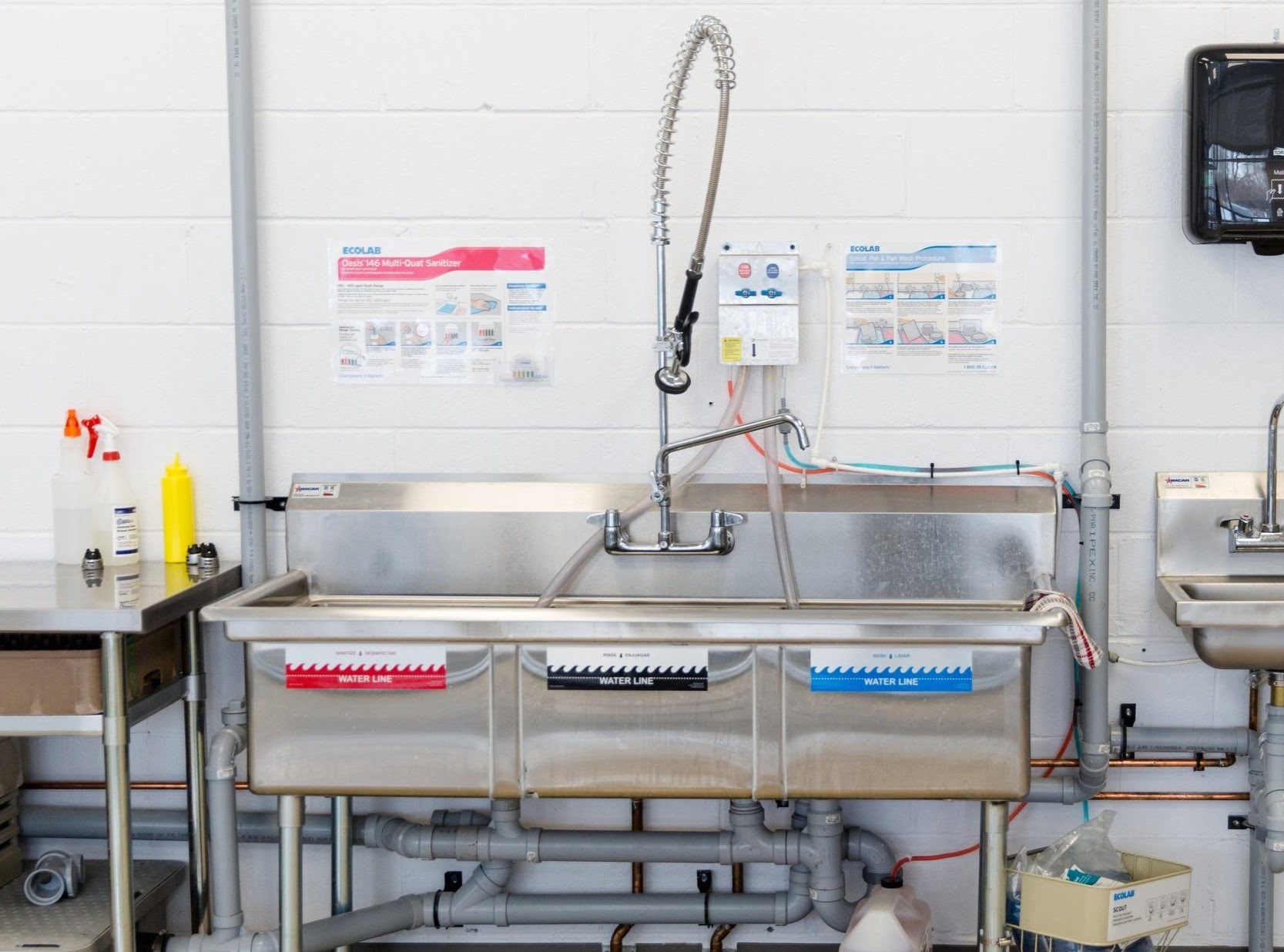
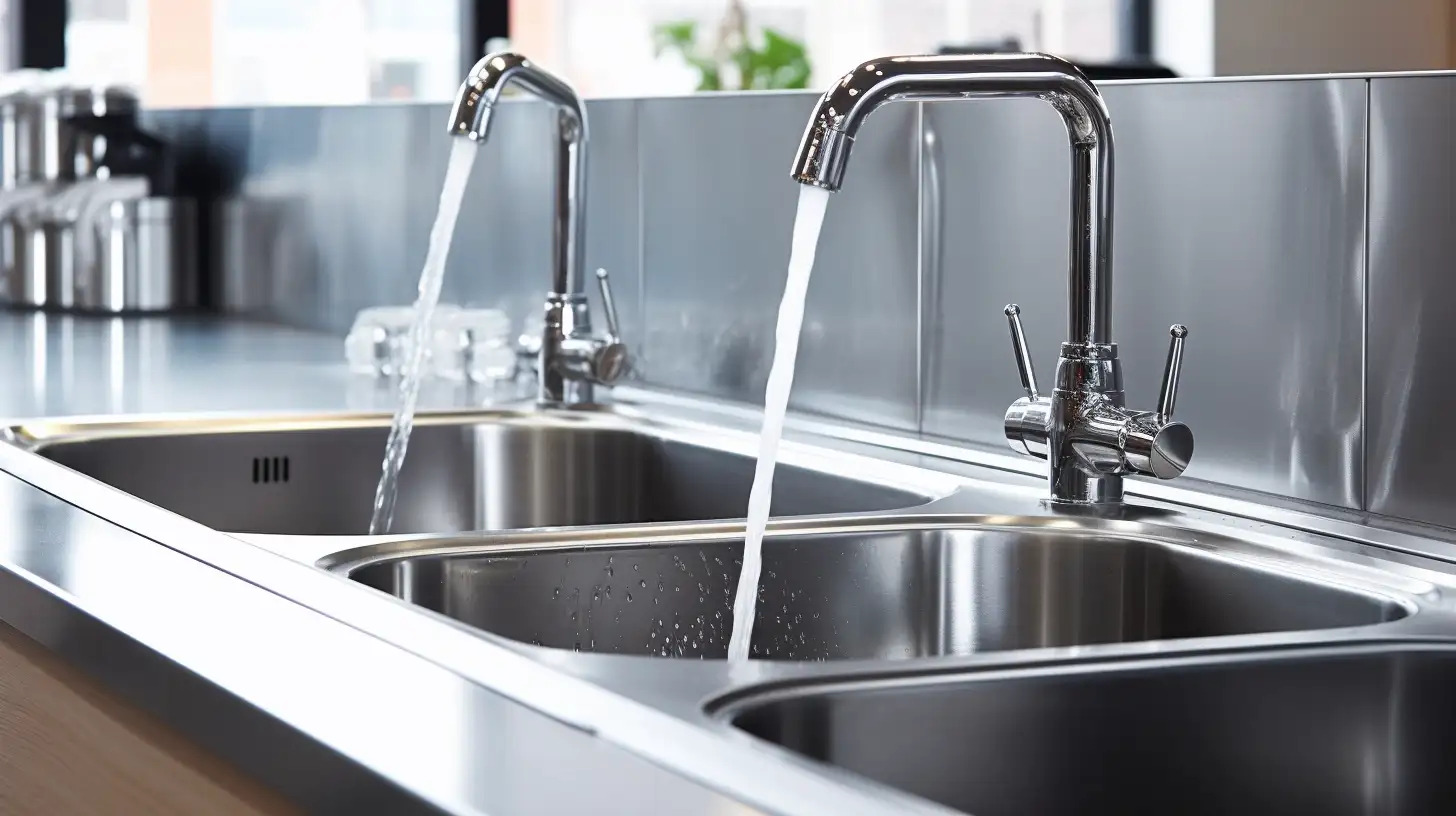

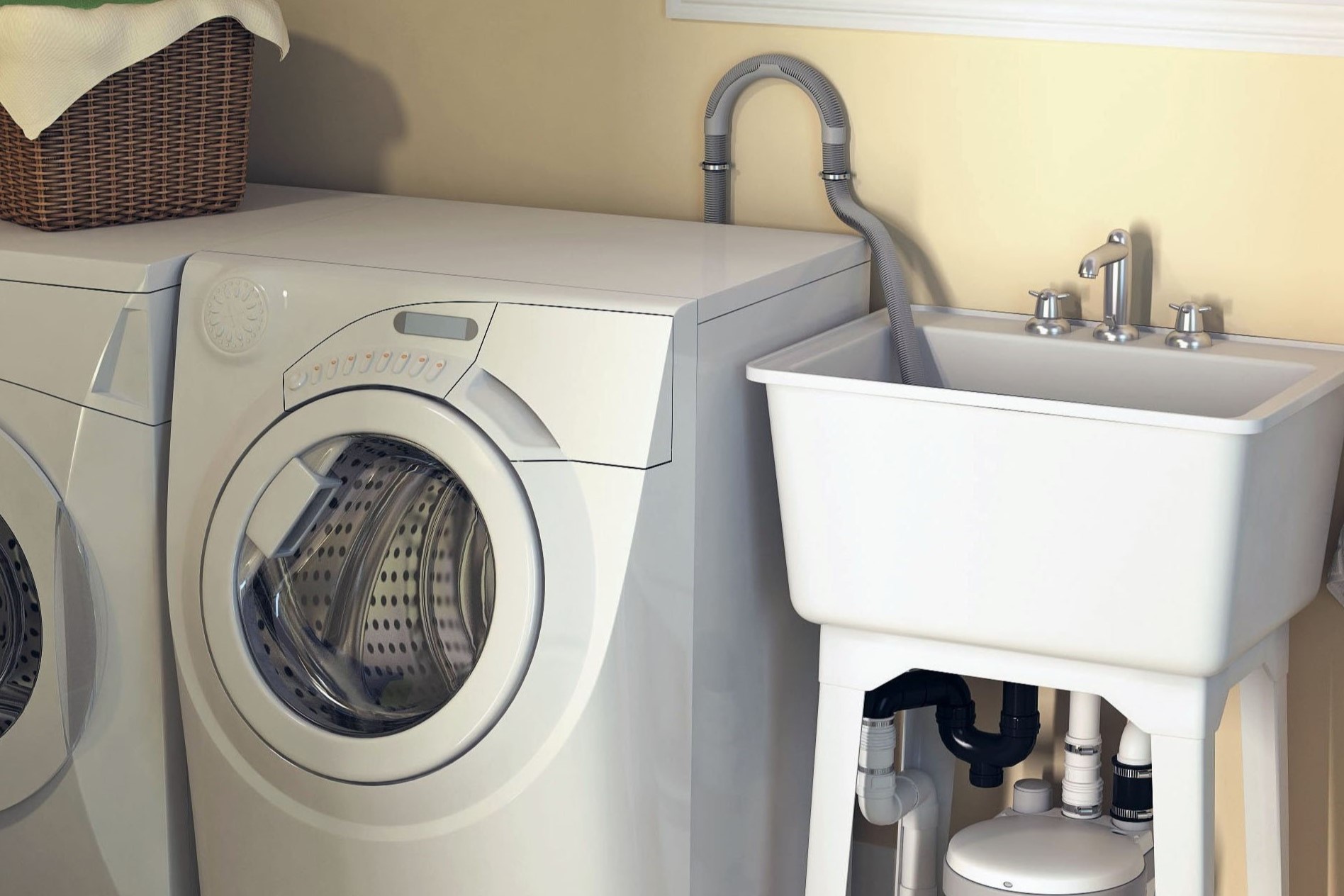


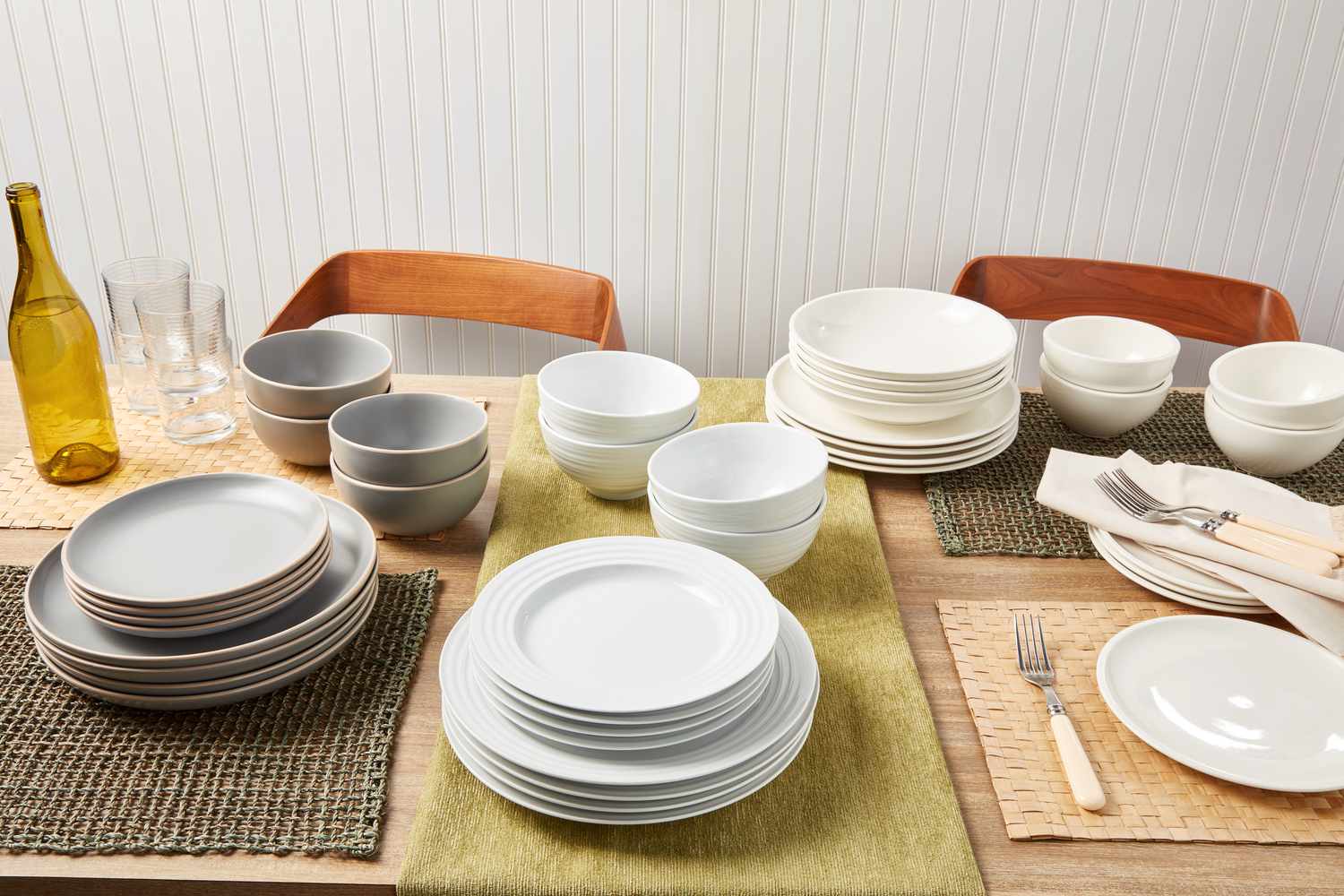

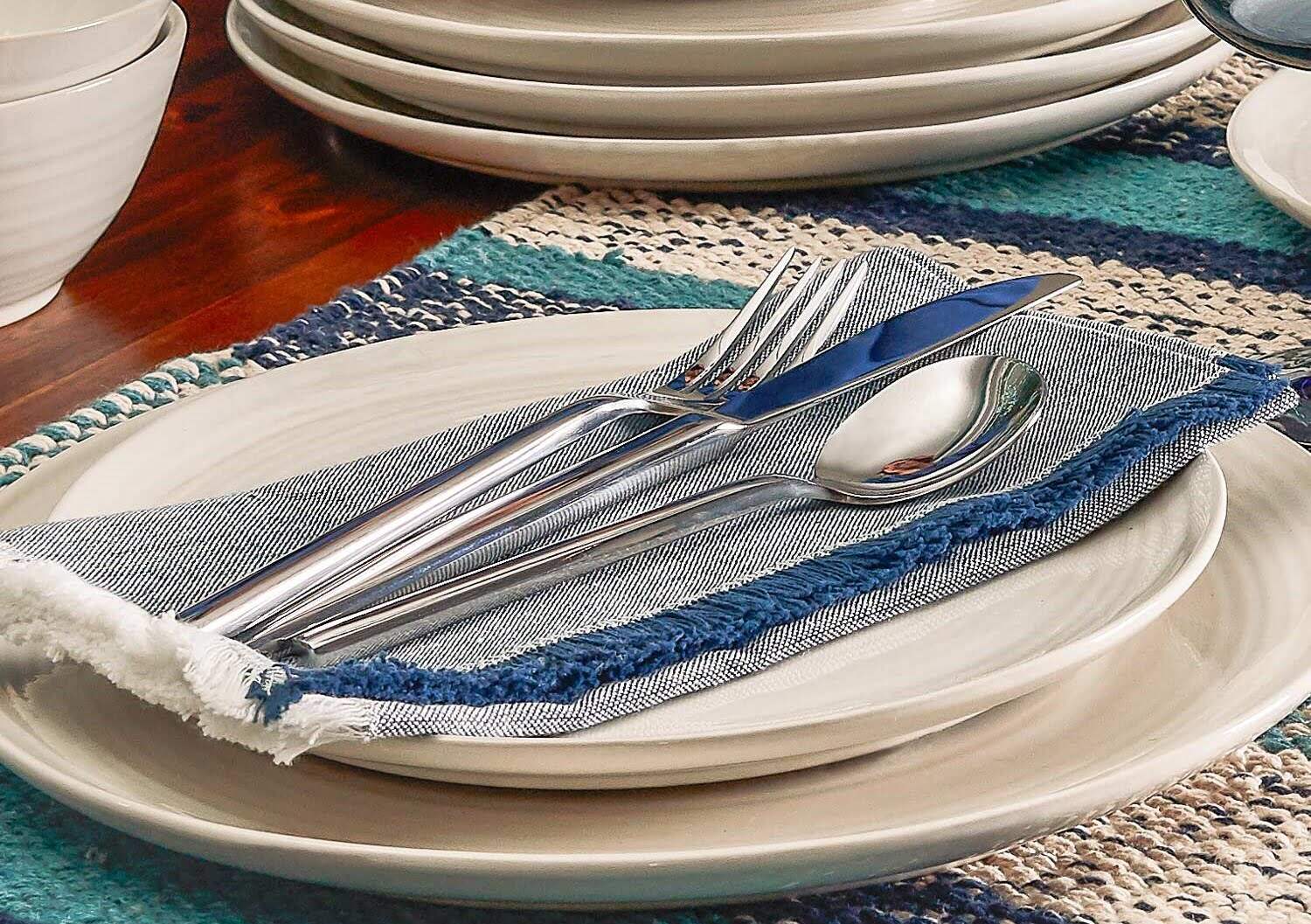



0 thoughts on “Guidelines For Washing Tableware In A Three-Compartment Sink”